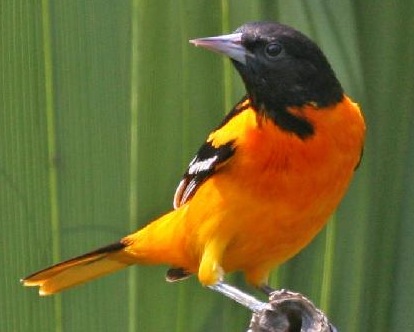The Birds of Paradise are members of the family Paradisaeidae of the order Passeriformes. The bulk of species are found in eastern Australia , eastern Indonesia , and Papua New Guinea. The family has 42 species in 15 genera.
I Like Birds
Bird of Paradise
The Birds of Paradise are members of the family Paradisaeidae of the order Passeriformes. The bulk of species are found in eastern Australia , eastern Indonesia , and Papua New Guinea. The family has 42 species in 15 genera.
Pelican
Pelicans are a genus of large water birds that makes up the family Pelecanidae. They are characterised by a long beak and a large throat pouch used for catching prey and draining water from the scooped up contents before swallowing. They have predominantly pale plumage, the exceptions being the brown and Peruvian pelicans. The bills, pouches and bare facial skin of all species become brightly coloured before the breeding season. The eight living pelican species have a patchy global distribution, ranging latitudinally from the tropics to the temperate zone, though they are absent from interior South America as well as from polar regions and the open ocean.
Eastern Bluebird
Most of the country drives during an eastern North American summer will
turn up a few Eastern Bluebirds sitting on telephone wires or perched
atop a nest box, calling out in a short, wavering voice or abruptly
dropping to the ground after an insect. Marvelous birds to capture in
your binoculars, male Eastern Bluebirds are a brilliant royal blue on
the back and head, and warm red-brown on the breast. Blue tinges in the
wings and tail give the grayer females an elegant look.
American Goldfinch
This handsome little finch, the state bird of New Jersey, Iowa, and Washington, is welcome and common at feeders, where it takes primarily sunflower and nyjer. Goldfinches often flock with Pine Siskins and
Common Redpolls. Spring males are brilliant yellow and shiny black with a
bit of white. Females and all winter birds are more dull but
identifiable by their conical bill; pointed, notched tail; wingbars; and
lack of streaking. During molts they look bizarrely patchy.
Cedar Waxwing
A treat to find in your binocular viewfield, the Cedar
Waxwing is a silky, shiny collection of brown, gray, and lemon-yellow,
accented with a subdued crest, rakish black mask, and brilliant-red wax
droplets on the wing feathers. In fall these birds gather by the
hundreds to eat berries, filling the air with their high, thin,
whistles. In summer you’re as likely to find them flitting about over
rivers in pursuit of flying insects, where they show off dazzling
aeronautics for a forest bird.
Western Scrub-Jay
The “blue jay” of dry Western lowlands, the Western Scrub-Jay combines
deep azure blue with dusty gray-brown and white. The rounded, crestless head immediately sets it apart from Blue Jays and Steller’s Jays. These birds are a fixture of dry shrublands, oak woodlands, and pinyon
pine-juniper forests, as well as conspicuous visitors to backyards.
Baltimore Oriole
The rich, whistling song of the Baltimore Oriole, echoing from treetops
near homes and parks, is a sweet herald of spring in eastern North America. Look way up to find these singers: the male’s brilliant orange plumage blazes from high branches like a torch. Nearby, you might spot
the female weaving her remarkable hanging nest from slender fibers. Fond
of fruit and nectar as well as insects, Baltimore Orioles are easily
lured to backyard feeders.
Subscribe to:
Comments (Atom)



































